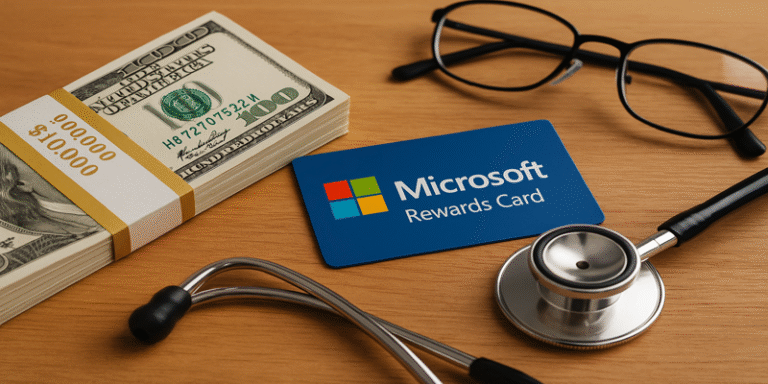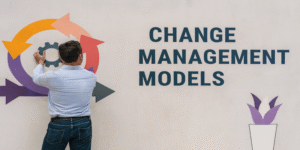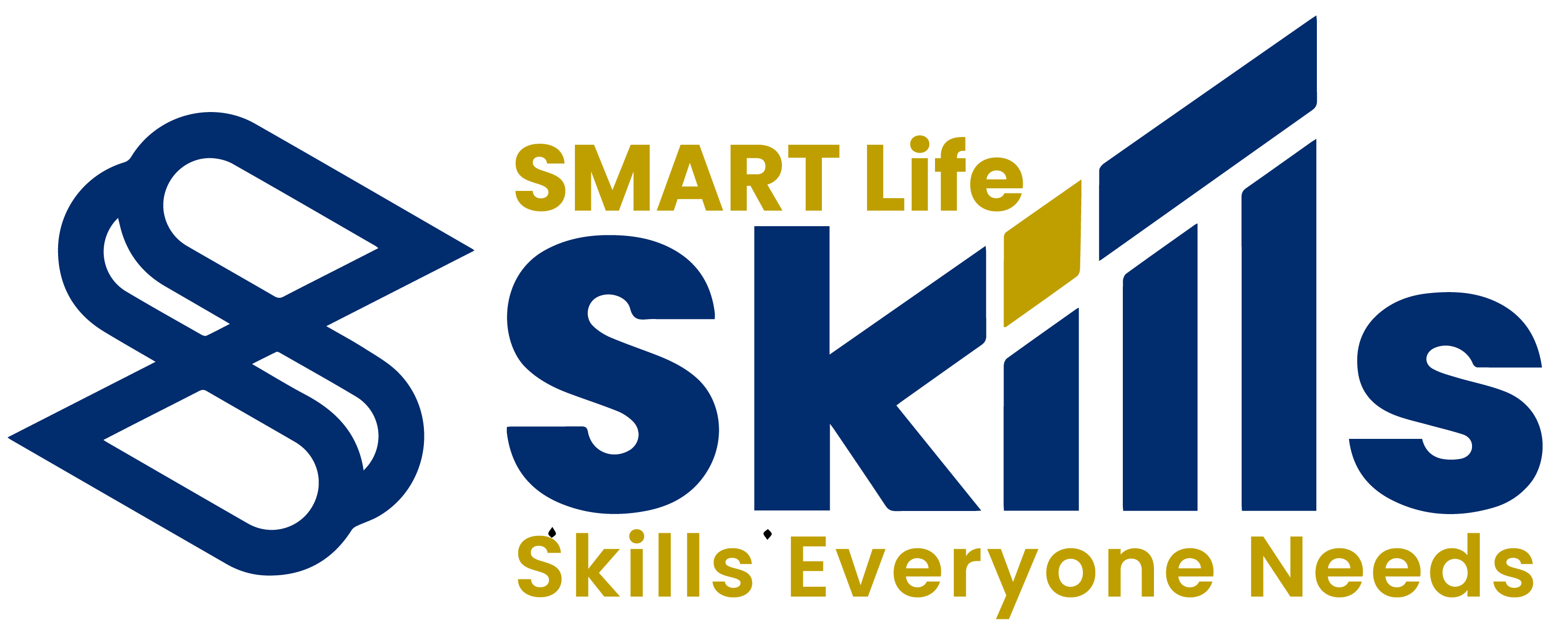In the modern knowledge economy, compensation and benefits play a critical role in attracting, motivating, and retaining talent. Microsoft, one of the world’s leading technology firms, has developed a robust and strategic total rewards system that supports its employee value proposition (EVP) and organisational performance. This case study explores Microsoft’s approach to compensation and benefits, examining its structure, strategic objectives, and how it aligns with employee needs and business goals.
1.0 Total Rewards Philosophy
Microsoft’s compensation framework is underpinned by a Total Rewards philosophy, which includes base pay, bonuses, equity compensation, and a comprehensive suite of benefits. According to Microsoft (2023), their approach is designed to “attract, motivate, and retain the best talent in the world” by offering rewards that are market competitive, performance-based, and employee-focused.
The base pay is benchmarked regularly against industry standards to ensure competitiveness, and variable pay such as bonuses is tied to individual and company-wide performance. Employees are also granted stock awards, ensuring alignment with long-term company success and fostering an ownership mindset (Kapoor, 2025).
2.0 Compensation Structure and Tools
Microsoft’s compensation structure is stratified by role, location, and market data. They use tools such as Workday, Microsoft Excel, and Power BI for real-time HR analytics, allowing HR leaders to track and forecast compensation trends (Kapoor, 2025). This data-driven approach ensures equity, transparency, and efficiency in compensation management.
Managers receive access to real-time dashboards showing pay equity, gender parity, and bonus eligibility. These tools are also used to mitigate unconscious bias and support inclusive compensation practices (Laureta, Gadia & Oconer, 2025).
3.0 Employee Benefits
Microsoft’s benefits package is considered among the most generous globally. The company offers:
- Comprehensive healthcare coverage, including medical, dental, and vision
- Mental health support, including 24/7 counselling and therapy reimbursement
- Parental leave: Up to 20 weeks of fully paid parental leave
- Flexible working arrangements
- Educational assistance and tuition reimbursement
- Pension plans and employee stock purchase plans
These benefits reflect Microsoft’s commitment to employee well-being, work-life balance, and lifelong learning (Microsoft, 2023).
For example, Microsoft was among the first in the tech industry to offer full fertility benefits and expanded mental health provisions globally in response to the COVID-19 pandemic, a move praised by both employees and analysts (Dinh, 2024).
4.0 Equity and Inclusion in Compensation
Microsoft places a high emphasis on pay equity across gender, race, and ethnicity. The company publishes annual Diversity and Inclusion Reports, which disclose compensation parity metrics. In the 2023 report, Microsoft reported a 1:1 pay ratio for women and men in the same roles across the U.S. and near parity globally (Microsoft Diversity Report, 2023).
To reinforce equity, compensation adjustments are proactively made during performance reviews. Managers are also required to complete training on inclusive reward practices.
According to research by Bhuiyan and Jalil (2025), companies like Microsoft that consistently prioritise equity in compensation see higher employee engagement and retention.
5.0 Performance-Based Pay and Incentives
Microsoft’s incentive system is highly performance-driven. Employees participate in the Annual Performance Review Cycle, where individual achievements are linked to team and organisational goals. Top performers are rewarded through:
- Annual bonuses
- Merit increases
- Stock awards (RSUs – Restricted Stock Units)
These elements encourage a growth mindset and align with Microsoft’s broader cultural shift under CEO Satya Nadella, who championed a move from “know-it-all” to “learn-it-all” culture (Bock, 2015; Schmidt & Rosenberg, 2014).
6.0 Global Localisation of Benefits
Operating in over 190 countries, Microsoft tailors its compensation and benefits packages to local conditions. For instance, in countries with weak public healthcare, the company provides enhanced private medical coverage. In emerging economies, Microsoft invests in financial wellness education, helping employees manage long-term savings and retirement (Gentile, 2025).
This localisation ensures cultural relevance and legal compliance, reinforcing Microsoft’s image as a responsible employer globally.
7.0 Microsoft’s Response to COVID-19
During the pandemic, Microsoft enhanced its employee compensation and benefits, recognising the added pressures of remote work. These included:
- Work-from-home stipends
- Expanded childcare support
- New mental health days and well-being leaves
These efforts strengthened Microsoft’s employer branding, earning the company top positions in “Great Places to Work” rankings in 2021–2023 (Forbes, 2023).
8.0 Impact on Retention and Motivation
A study by Kansiime and Odengo (2025) found that compensation and benefits significantly influence employee retention, especially in high-skill industries like tech. Microsoft’s holistic rewards approach has resulted in:
- Low employee turnover (<7%)
- High employee satisfaction (over 85%)
- Increased internal mobility
According to Dinh (2024), effective total rewards strategies, as seen at Microsoft, directly correlate with productivity, loyalty, and employer advocacy.
9.0 Challenges and Criticisms
Despite its success, Microsoft has not been immune to criticism. In 2019, a group of employees raised concerns about gender pay gaps and stock allocation discrepancies. Microsoft responded by increasing transparency and releasing more granular pay data (Business Insider, 2019).
Another challenge lies in managing remote employee equity, especially for global teams where tax implications and local regulations may complicate stock-based rewards (Kapoor, 2025).
Microsoft’s compensation and benefits strategy is a model of strategic human resource management. By blending competitive base pay, equity incentives, and employee-centric benefits, the company reinforces its innovative culture and commitment to employee well-being. Moreover, through tools like HR analytics, Microsoft ensures its rewards remain fair, inclusive, and aligned with both organisational and individual goals.
In an era where talent is mobile and expectations are high, Microsoft’s success demonstrates that effective compensation strategies can be both financially sound and ethically responsible.
References
Bhuiyan, M.D. & Jalil, A. (2025). HR Practices for Improving Employee Retention. Journal of Economics. https://elibrary.ru/item.asp?id=81649420.
Bock, L. (2015). Work Rules! New York: Twelve.
Dinh, T.L.C. (2024). Talent Retention and Company Performance. Theseus.fi. https://www.theseus.fi/handle/10024/871607.
Forbes. (2023). America’s Best Employers. https://www.forbes.com/best-employers.
Gentile, G. (2025). Modular Charging Systems and Organisational Efficiency. University of Bologna Thesis. https://amslaurea.unibo.it/id/eprint/35665.
Kansiime, W. & Odengo, R. (2025). Employer Branding and Recruitment. JRIIE, 9(2), 100. https://www.jriiejournal.com/.
Kapoor, R. (2025). From Workday to Dashboard. ResearchGate. https://www.researchgate.net/publication/395657957.
Laureta, A., Gadia, E.D. & Oconer, S.M.P. (2025). Job and Career Satisfaction of Nurses. Gordon College Journal. https://www.researchgate.net/publication/388531481.
Microsoft. (2023). Benefits and Pay at Microsoft. https://careers.microsoft.com.
Microsoft Diversity Report. (2023). Global Diversity & Inclusion. https://www.microsoft.com/diversity.
Schmidt, E. & Rosenberg, J. (2014). How Google Works. New York: Grand Central Publishing.









